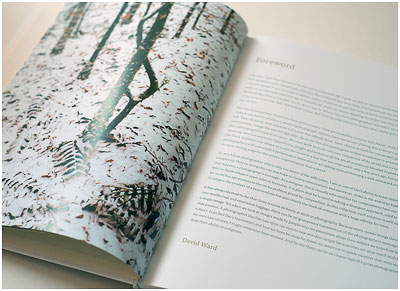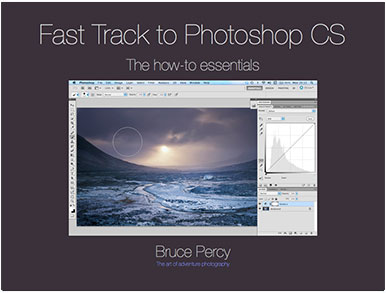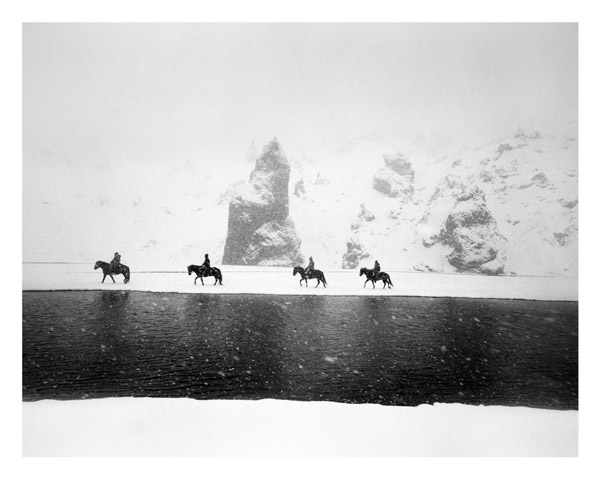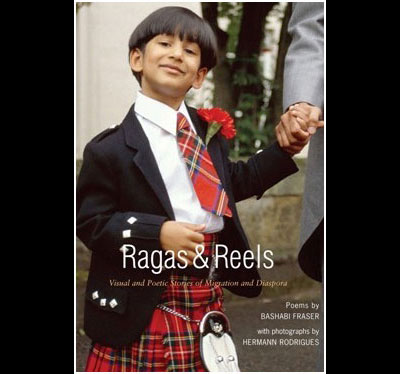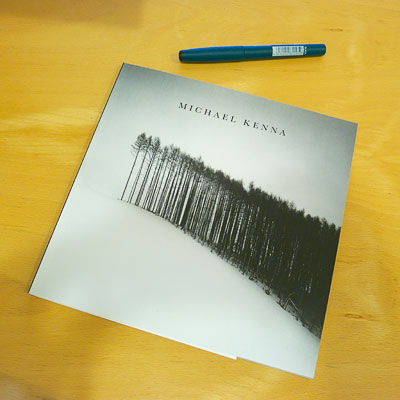It's just over a year now, since my Iceland book came out. Which I can't believe. In some ways, it feels as though it has been a lot longer, but a year isn't much time at all, so I'm finding it interesting to feel as if the book has been around for a long time. Perhaps it was already a thought in my mind long before I even began working on it?
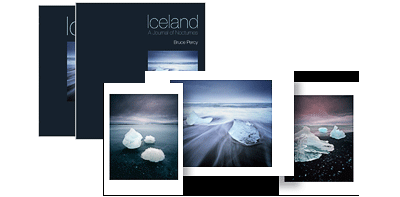
It was really interesting to decide on the special edition print runs for the book. It was also a lot of fun too.
I spent a bit of time deciding which group of three images would go together to form the triptych. The idea being that if they are put together, they are complimentary and can be framed as such. The final touch for me, was to create a dedicated envelope for them. The envelope has the same layout and font-set as used for the slipcase. The idea being that the prints will be stored alongside the book in this special edition envelope, as a collectors edition. Well I've just done a stock count, and it seems I only have 8 copies of this edition left.
When creating special edition sizes, it's a difficult task to decide upon the quantities. Make the edition size too small, and the edition will sell out too quickly. Make it too large, and the stock will sit around for some time.
But selling books should not be entered upon, if you are going for a quick-win result. Books take a long time to sell, and even small print runs of 1000 copies need a few years at least to sell out, if they are going to sell at all. Creating books and selling them, is ultimately a risky endeavour, and one that is embarked upon, if you feel you really need to do it, and can accept the possibility that you might not get your money back. Books are not cheap to print, and even more difficult to store somewhere dry.
The idea when I decided to put together my two books, was to create products that I could offer to workshop participants, and visitors to my website, for several years to come. If I sold all the books out in a year, then I would have nothing left to offer.
Like my prints, I feel a well printed book is a 'calling card'. It is a statement of who the photographer is, and the aesthetics / design of the book, right down to the layout and font-set used, should give you a sense of who the photographer is. The entire thing, not just the photos contained inside, should be carefully chosen, and should fit the aesthetic tastes of the photographer. In fact, I can't imagine any photographer who wouldn't want to be involved in the design of their book as much as possible. It is such a personal thing to do. So many photog's get that part wrong, and I've come across books that have wonderful photos in them, but the overall design or layout is at odds with the work contained within.
I'm still hoping to do a 3rd book sometime. My initial plans were to come out with a book about the Altiplano of Chile and Bolivia sometime next year, but I feel this is too soon. The work I have begun to create in Bolivia, seems to be getting stronger each year I return. So I think I need to wait a while and see what transpires there when I go back this June.
Well, just some thoughts and observations. It's good to check in on where things are, and I find christmas and new year a time to reflect, to look back and think about how far I have come as a photographer, as in life, as in everything.
It seems that making the photos, and designing the layout and appearance of this book with my friend Darren Ciolli-Leach, was just the start. It seems that even a year after publication, the book is still finding its place in my heart and mind. It's a grower, and it's heartening to note that sometimes, when I think I've finished a project, it's only really just begun. I think my iceland book has taken on a life of its own. So I will be watching it with interest over the years to come.

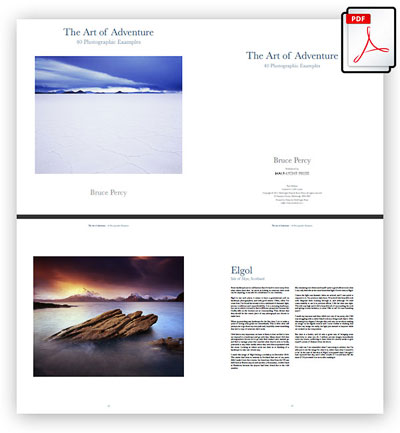
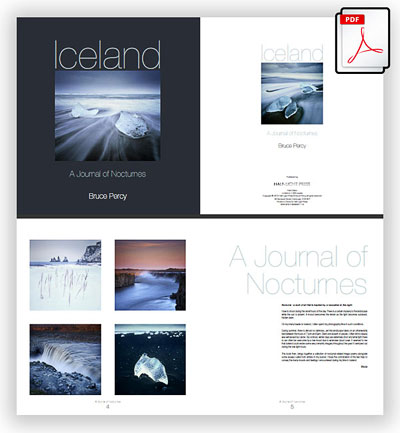
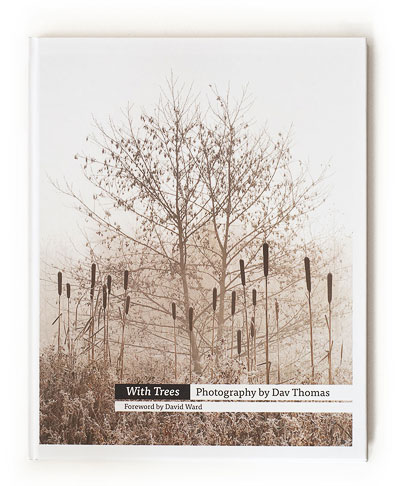
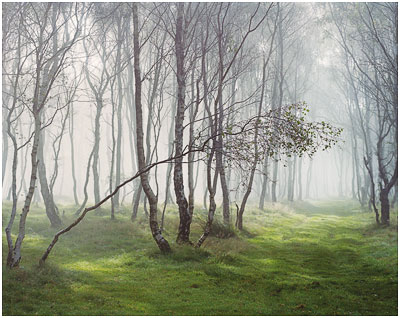
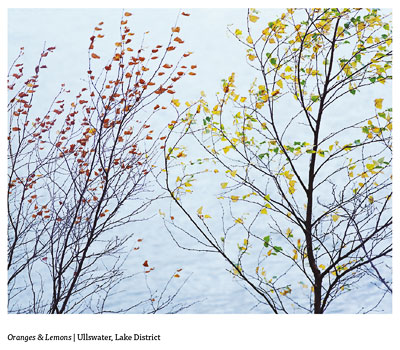
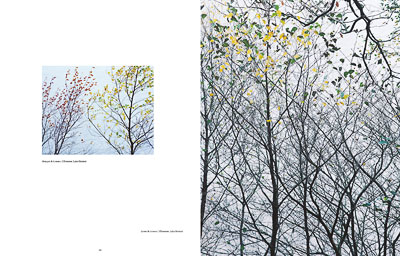 Although the book is a monograph, it is interspersed with Thomas' observations of how trees exist and relate to their surrounding environment. I loved the text, because for me, it echoed pretty much what I saw and felt in his work: a deep fascination for the relationship between tree, undergrowth and moss. Thomas seemed to me very much like someone who has spent time around his subjects getting to know them in all their seasons and different atmospheric environments.
Although the book is a monograph, it is interspersed with Thomas' observations of how trees exist and relate to their surrounding environment. I loved the text, because for me, it echoed pretty much what I saw and felt in his work: a deep fascination for the relationship between tree, undergrowth and moss. Thomas seemed to me very much like someone who has spent time around his subjects getting to know them in all their seasons and different atmospheric environments.